Gyegok Garden Kkotgejang (계곡가든꽃게장)
15.1Km 2024-04-07
470 Geumgang-ro, Gaejeong-myeon, Gunsan-si, Jeonbuk-do
Gyegok Garden Kkotgejang is a restaurant sought after by food enthusiasts nationwide, renowned as the first establishment in the country to patent gejang (marinated crab) cuisine. Originally selling dwaeji galbi (grilled pork galbi), the restaurant's main dish shifted to crab after its exceptional kkotge jang (soy sauce marinated crab) side dish garnered increasing attention from customers seeking gejang delicacies. The secret to its flavor lies in the authentic soy sauce, aged with 16 medicinal herbs, and the plump meat of female crabs. Customers can enjoy gejang with minimal fishy or salty taste, instead relishing in the rich and savory flavor of the crab.
Maryangpo Sunset & Sunrise Festival (마량포 해넘이 해돋이축제)
17.8Km 2020-02-12
56, Seoin-ro, Seocheon-gun, Chungcheongnam-do
• 1330 Travel Hotline: +82-2-1330 (Korean, English, Japanese, Chinese) • For more info: +82-41-952-9525
Maryang-ri on the western coast of Korea is a unique place where you can catch both the sunrise and sunset over the ocean. To celebrate this natural event, the Maryangpo Sunrise & Sunset Festival is held December 31 to January 1 every year. Visitors here will witness a very special miracle of nature, as they celebrate the old year and welcome in the new one.
Manghaesa Temple (망해사)
18.0Km 2024-04-07
94, Simpo 10-gil, Gimje-si, Jeonbuk-do
+82-63-540-3324
Manghaesa Temple is located at the edge of the Gimje Plains before the sea. The temple stands at the summit of Jinbongsan Mountain. The temple was named for the view of the ocean and the fields of rice. The temple was established by the great monk Buseol Geosa during the 2nd year of King Uija of Baekje (AD 642). Years later, Dobeopsa (a Chinese monk from the Tang dynasty) renovated the temple. The temple was altered again during the reign of King Injo of the Joseon dynasty when the great monk Jinmuk Daesa built Nakseojeon Hall in 1589. Bogwangjeon Hall and Chilseonggak Pavilion were built much later in 1933. Manghaesa Temple is unique in that it is the only temple where the distant horizon is visible over both land and sea. Nearby attractions include a walking path through a field of reeds by Mangyeonggang River and views of the sunset over the sea.
Seocheon Maryang-ri Camellia Forest (서천 마량리 동백나무 숲)
18.7Km 2022-12-26
103, Seoin-ro 235beon-gil, Seocheon-gun, Chungcheongnam-do
+82-41-952-7999
One of the eight scenic views of Seocheon, Maryang-ri Camellia Forest is designated as a Natural Monument. The lush forest covers an area of 8,265 ㎡ with the trees being nearly 500 years old. The best time to enjoy the camellias is from late March to early May. Dongbaekjeong Pavilion standing at the peak of the hill offers a beautiful view of the nearby Oryeokdo Island in the blue sea and is also a prime spot for taking in the sunset.
The western side of the forest has few remaining trees, but the eastern side is still lush with over 70 trees. While camellia trees typically grow to be 7 meters tall, the strong sea breeze has caused the trees in this forest to have a stunted growth of just 2 meters, as well as growing at a slant.
Seosan Hoegwan (서산회관)
19.1Km 2024-02-22
318 Seoin-ro, Seo-myeon, Seocheon-gun, Chungcheongnam-do
041-951-7677
Seosan Hoegwan is a webfoot octopus specialty restaurant located right in front of the tidal flats. The webfoot octopus caught here, using conch shells to attract them, is exceptionally fresh and flavorful. Popular dishes include jukkumi cheolpan bokkeum (stir-fried webfoot octopus on hot iron plate) and jukkumi shabu shabu (webfoot octopus shabu-shabu) with the peak season lasting from February to early May. Additionally, various seafood dishes such as ureoktang (spicy rockfish stew), kkotgetang (spicy blue crab stew), and nakji tangtangi (chopped live octopus) are available. Nearby attractions include Seocheon Coastal Glamping Site and the beach.
Munheon Hotel [Korea Quality]문헌전통호텔[한국관광 품질인증]
19.4Km 2023-12-04
49-1 , Seowon-ro 172beon-gil, Seocheon-gun, Chungcheongnam-do
+82-41-953-5896
Munheon Hotel is a hanok stay in Seocheon, Chungcheongnam-do. Wooden floors and beams, earthen walls and stone footings, ondol-heated floors and wooden patios - these are the distinctive features that make hanok so deeply unique. All four buildings in the hotel have these features; each has two comfortable guest rooms, and it’s also possible to rent the entire hotel for groups or conferences.
Munheonseowon Confucian Academy (문헌서원)
19.5Km 2024-10-22
66 Seowon-ro 172beon-gil, Gisan-myeon, Seocheon-gun, Chungcheongnam-do
+82-41-953-5895
Munheonseowon Confucian Academy was established to pay tribute to the memory of Lee Gok (1298-1351) and Lee Saek (1328-1396) who were well-respected for their writings and character. The school was originally built in 1594, but was burnt down during the Imjin War (1592-1598). It was rebuilt in 1610 and became a legislated private institute in 1611.
The academy consists of an educational area and a shrine. Mortuary tablets of five Confucian scholars including Lee Jong-hak, Lee Ja, Lee Gae as well as Lee Gok and Lee Saek were enshrined at the school.
Hansan Ramie Fabric Cultural Festival (한산모시문화제)
19.9Km 2025-01-08
1089 Chungjeol-ro, Seocheon-gun, Chungcheongnam-do
+82-41-950-4256
Ramie fabric is a traditional Korean cloth with good ventilation, making it the fabric of choice for summer clothing. Hansan’s ramie is used to make high-end clothing due to its delicate and elegant texture. It is also an eco-friendly fiber that is extracted from ramie grass and weaved into a loom. Hansan’s ramie weaving was registered as a UNESCO Intangible Cultural Heritage in 2011 in recognition of its unique production technology as well as its ability to strengthen community solidarity in the process. At the Hansan Ramie Fabric Cultural Festival, visitors can participate in the “Ramie School” program and learn the weaving process. Other attractions include Gilssam Nori, a ramie-weaving work, and a fashion show featuring clothes made from Hansan ramie is a highlight not to be missed.
◎ Tip
During the festival, a free shuttle bus operates from the Hansan Mosi Hall parking lot to the festival venue.
Seocheon Hansan Mosi Museum (서천한산모시관)
19.9Km 2018-09-06
1089, Chungjeol-ro, Hansan-myeon, Seocheon-gun, Chungcheongnam-do
Mosi (Ramie Fabric) is one of Hansan’s special local products, along with sogokju liquor. Seocheon Hansan Mosi Museum explains the history and process of making mosi, as well as provides visitors with a chance to see it being made by skilled artisans. With the assistance of Bang Yeon-ok, visitors can try their hand at the process, designated Important Intangible Cultural Heritage No. 14, or try other experience programs such as natural dying and making useful items.
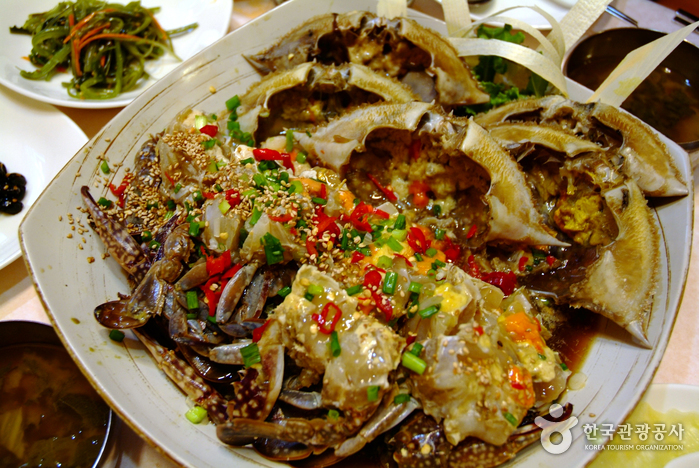
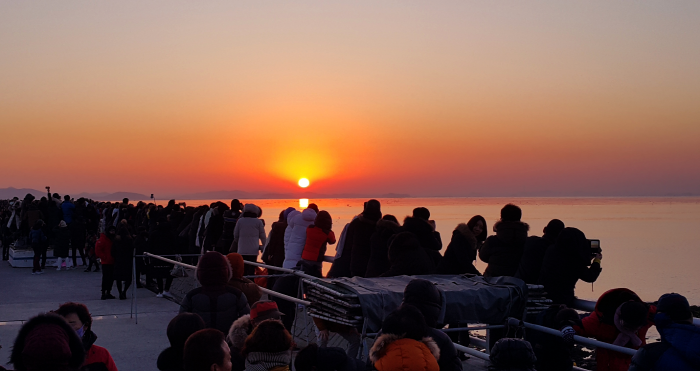
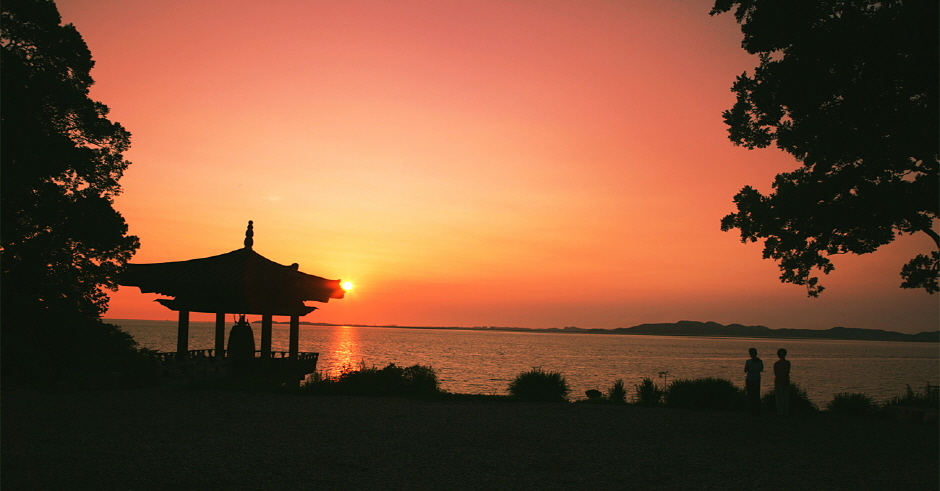
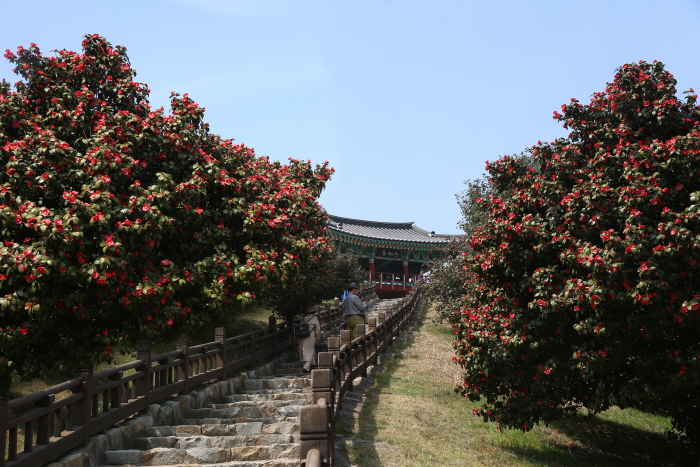
![Munheon Hotel [Korea Quality]문헌전통호텔[한국관광 품질인증]](http://tong.visitkorea.or.kr/cms/resource/63/3042263_image2_1.jpg)
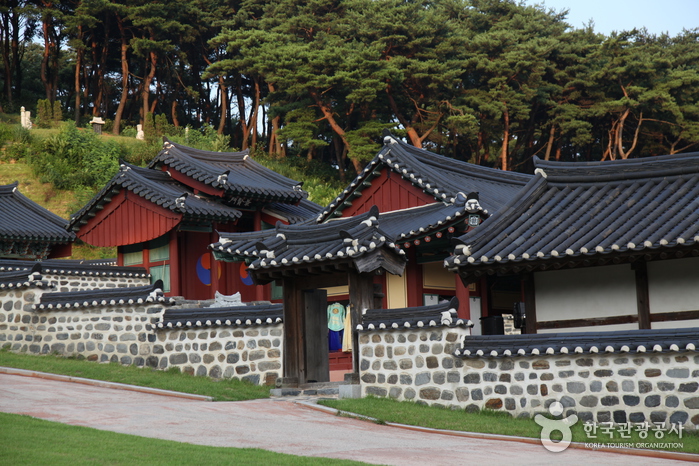
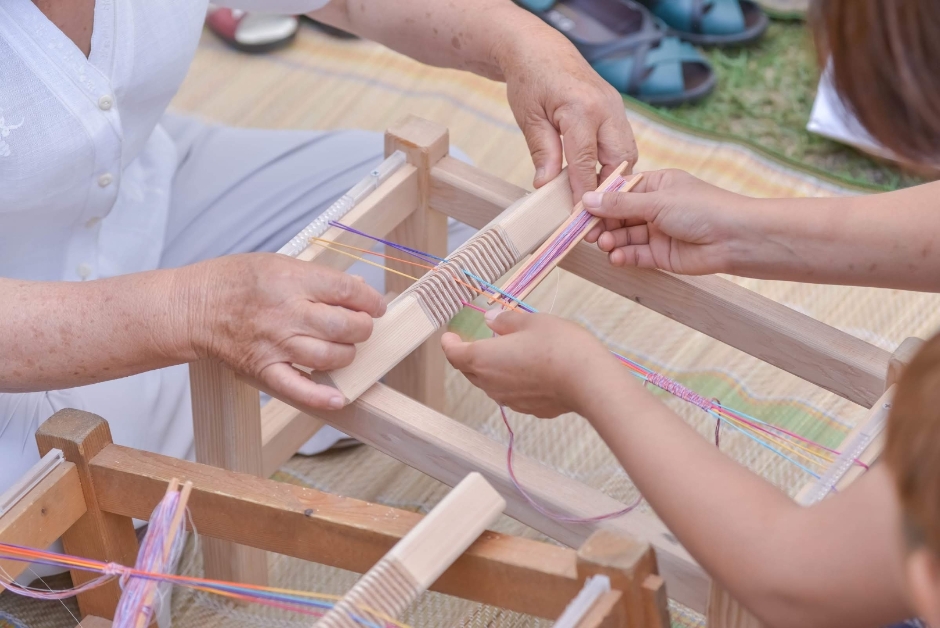
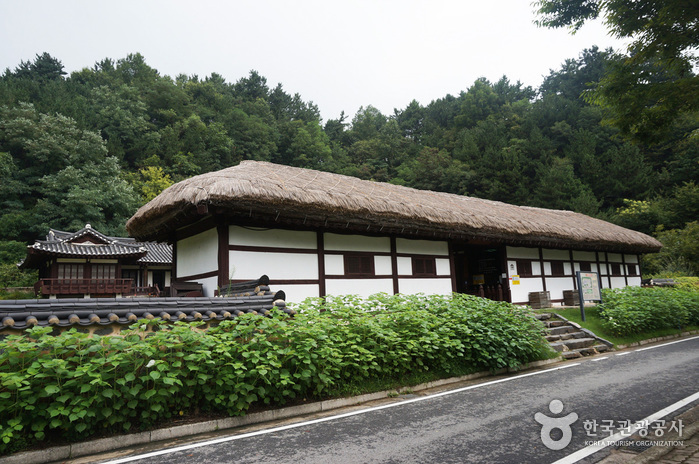
 English
English
 한국어
한국어 日本語
日本語 中文(简体)
中文(简体) Deutsch
Deutsch Français
Français Español
Español Русский
Русский